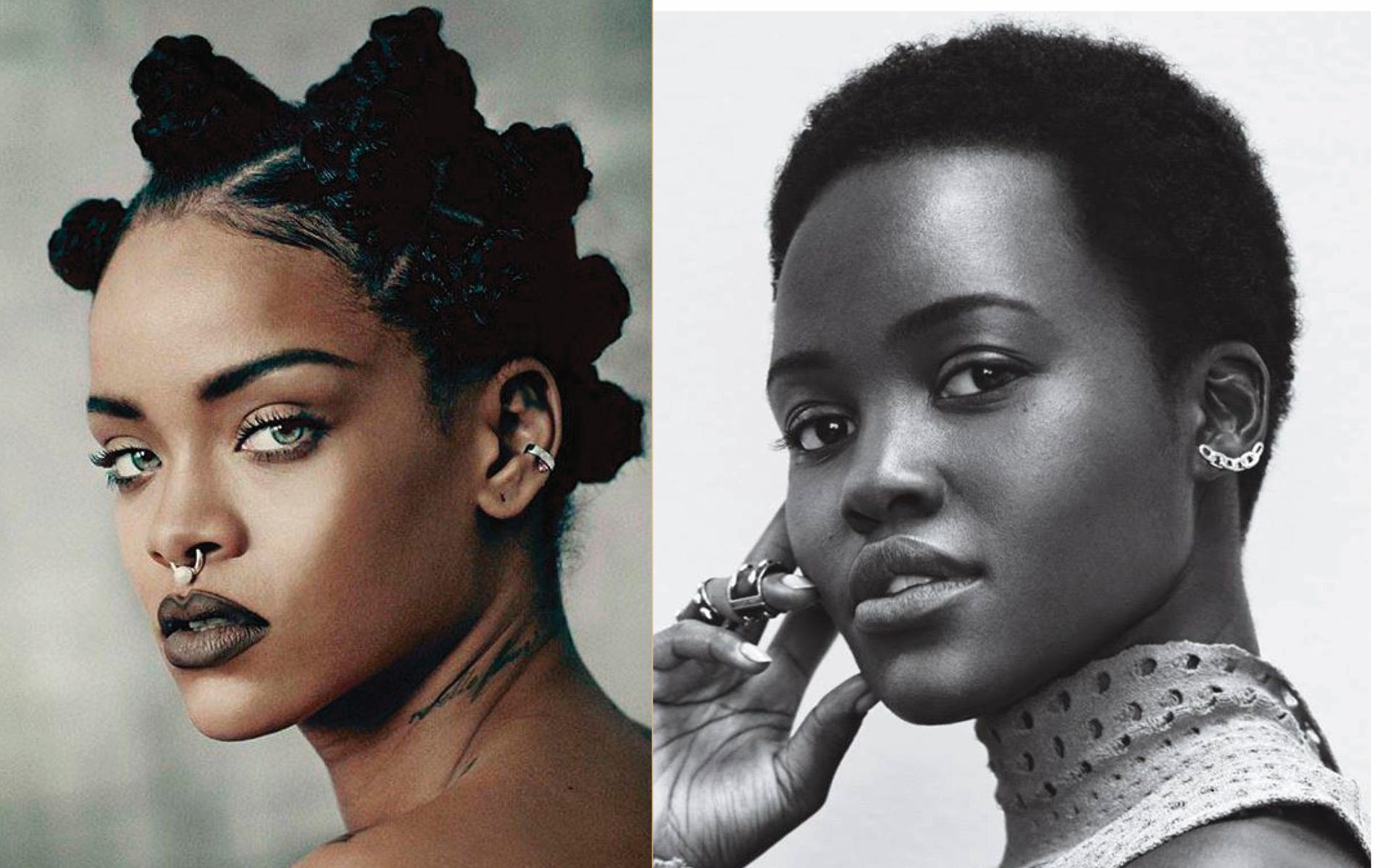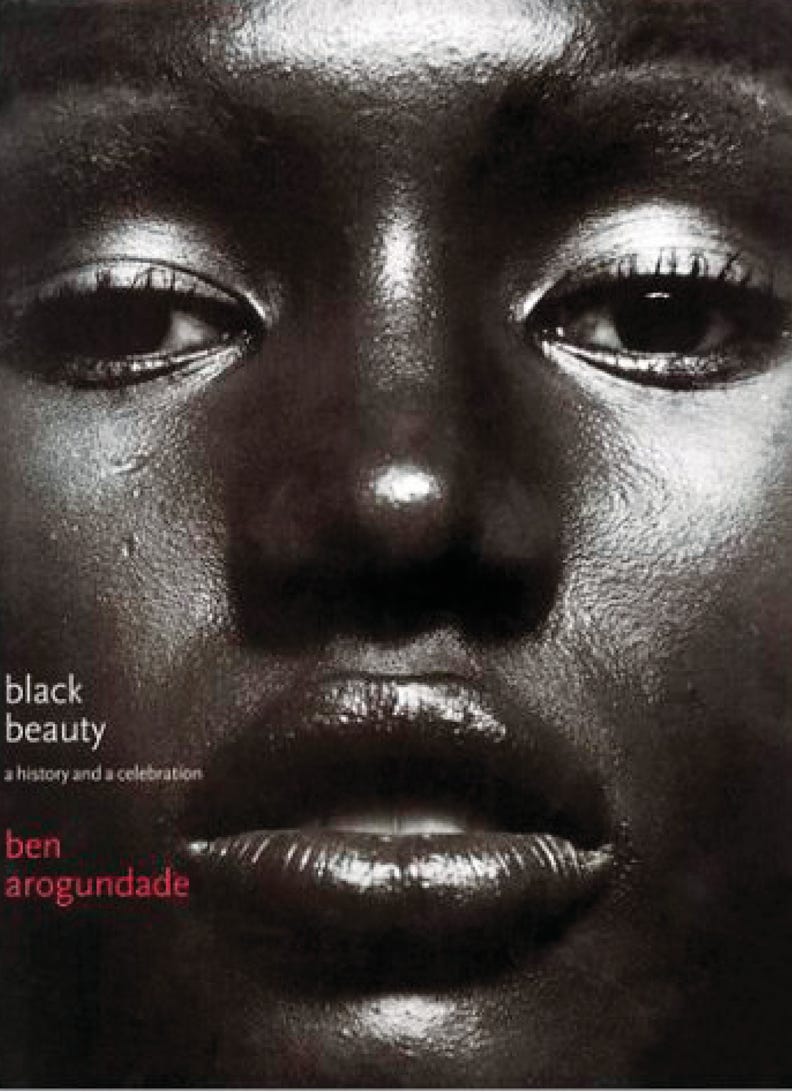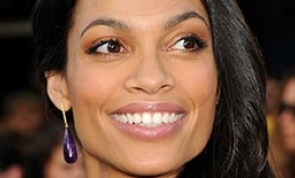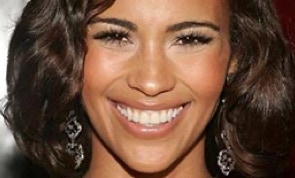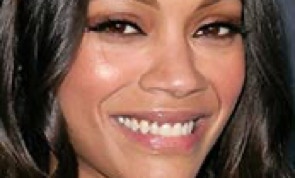Out of thought came the word
The Culture of Aesthetics: What Beauty Is Black?
With the proliferation of European beauty values everywhere from the hairdressing salon to Hollywood, dark skin and afro hair have been relegated to the margins throughout history. So what does it mean to be “black and beautiful” today? By Ben Arogundade. Sept. 20, 2018.
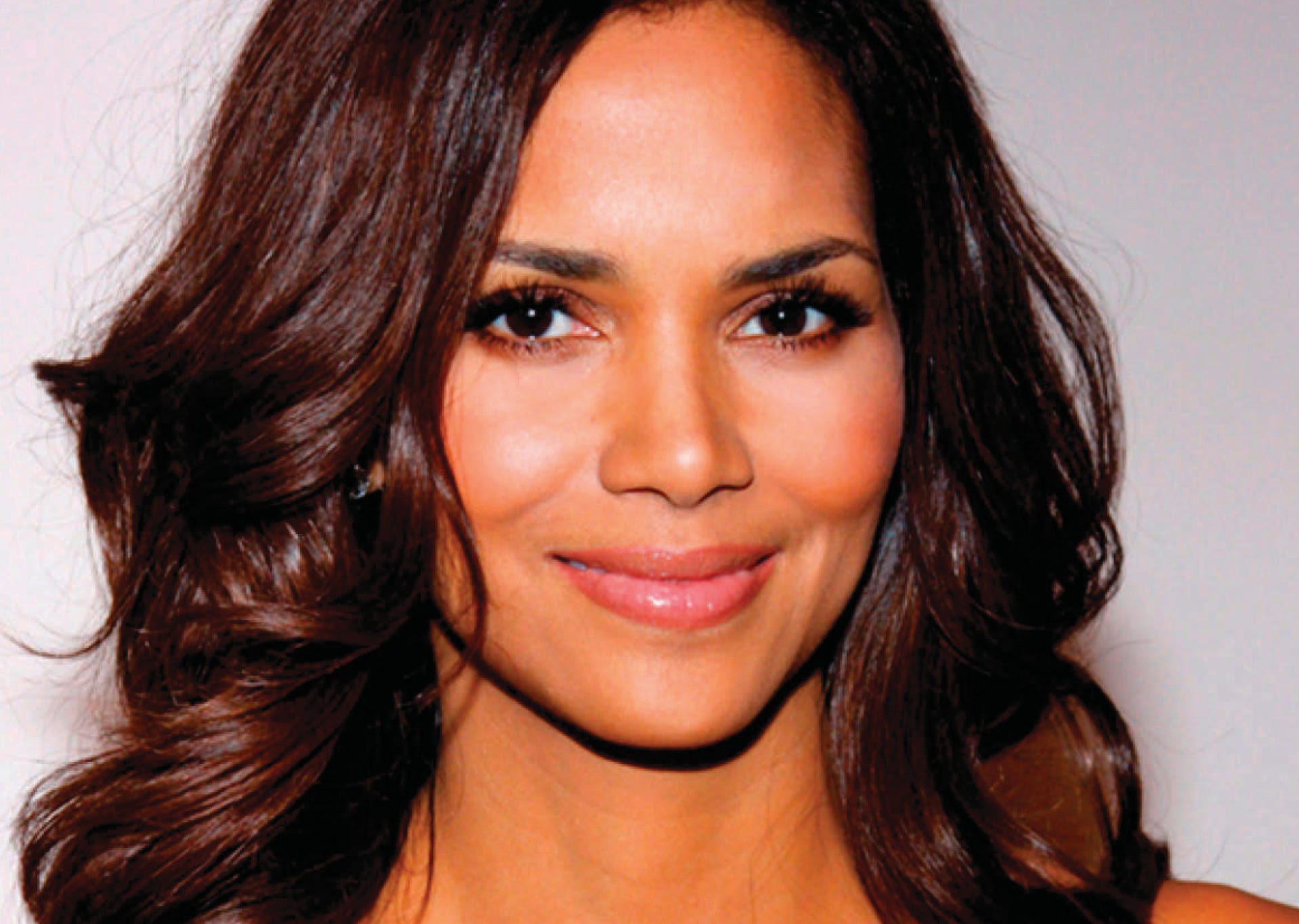
African American actress Halle Berry’s skin-tone is the envy of white sun-seekers who favour a more tanned complexion. She features on the cover of the paperback edition of ‘Black Beauty: A History & A Celebration’, by author Ben Arogundade.
WHAT IS BLACK BEAUTY, and who, aesthetically, is black? This is a complex question, now that black women choose to wear their hair either natural or blonde, chemically straightened or in an extended weave, and where different factions of ‘the community’ are still arguing about whether ‘mixed race’ means ‘black’ or represents a separate ethnic category of its own. Simultaneously, pale-skinned sun worshippers would kill to attain Halle Berry’s cappuccino-coloured complexion, while in India and parts of Africa skin-lightening creams still sell to those wishing to be more pale-faced.
Modern beauty has become a stylistic mash-up of endlessly interchangeable components, and so purist terms such as ‘black beauty’, ‘white beauty’ or Asian beauty’ suddenly don’t seem to fit modern definitions of the aesthetics of ethnicity. The 1960s slogan, ‘Black is Beautiful’ — a revisionist rallying call to embrace one’s ‘natural blackness’ — is now as out of place as a pair of plaid flares from that same era. Today, the beauty choices of stars such as Rihanna, Beyoncé or Nicki Minaj influence millions of young women and girls the world over, but they can hardly be called ‘black’ in the traditional sense.
How did we get here?
